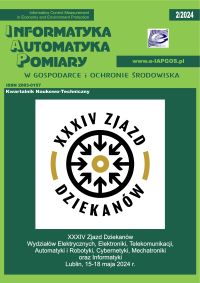EVALUATION OF ENGINEERING SOLUTIONS IN THE DEVELOPMENT OF THE PROCUREMENT SECTION FOR THE METAL CONSTRUCTION WORKSHOP
Main Article Content
DOI
Authors
Abstract
Modern complex production requires approaches to improving production systems that create a comprehensive understanding of process-equipment-product interactions along the technological process chain, rather than focusing solely on individual processes. Any production system consists of separate but interconnected elements arranged in a certain sequence: reserve, workstation, operation workstation, working process. This document proposes an approach to support and improve the production system using these elements and establishing connections between them and their parameters. This allows process models of various complexities to be constructed, laying the groundwork for improving the production system. The article discusses the process of building a simulation model of a production system – a machining department for manufacturing semi-finished products from metal rods. In the model, each element of the production system is graphically represented, allowing the use of a flowchart for simulation modeling. The purpose of developing the simulation model is to optimize the operation of the machining department by identifying those workstations in the technological process where the longest idle time is observed during operations and optimizing the structure of the department. Additionally, this approach has been tested and implemented based on the scenario of using the simulation model in mechanical engineering production.







